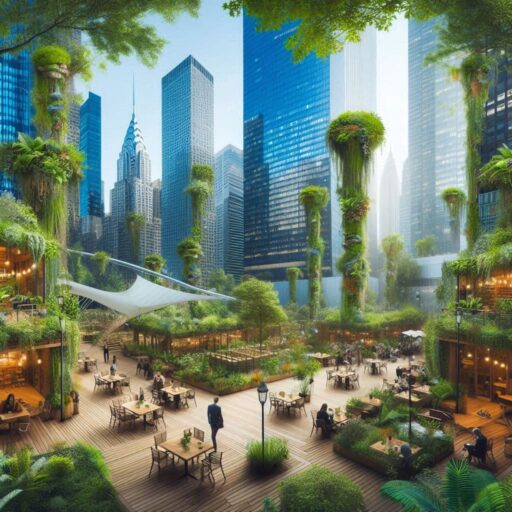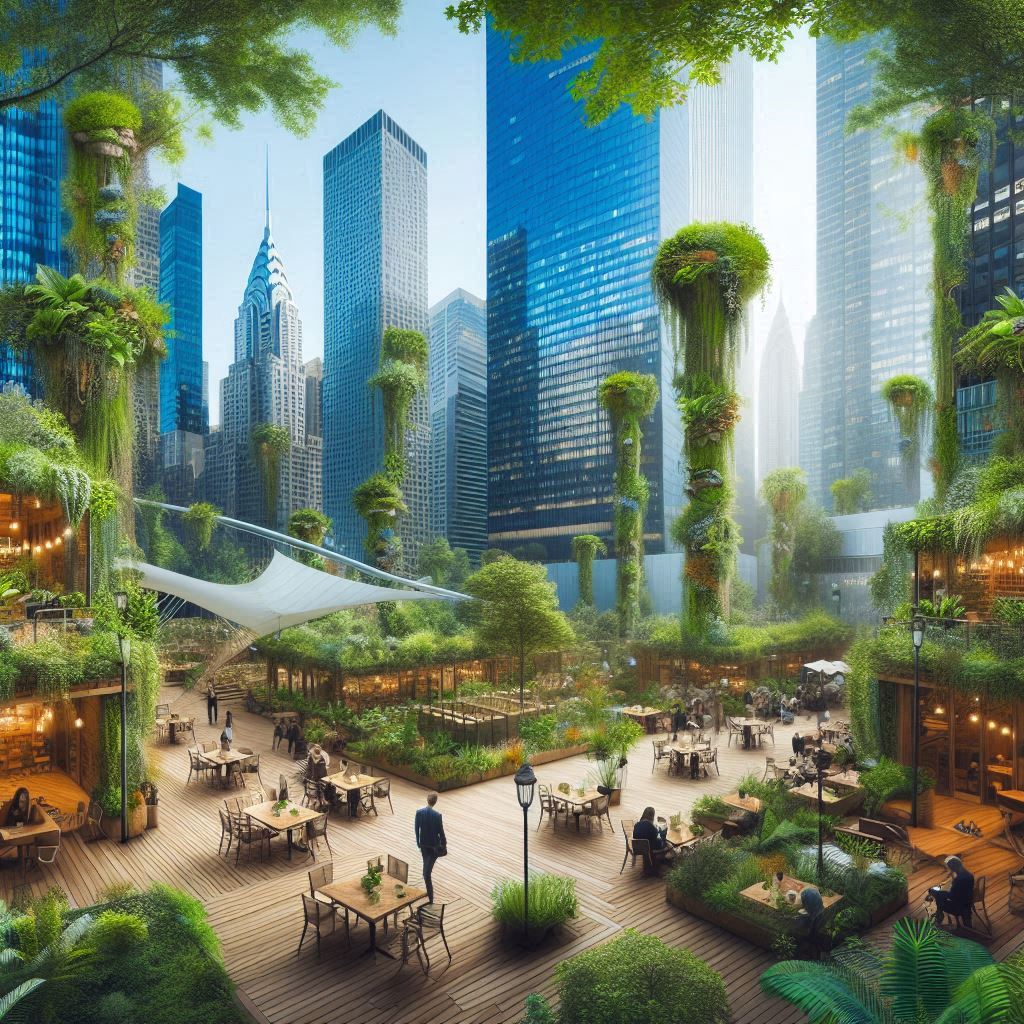In recent years, urban areas around the world have witnessed a remarkable shift in architectural and interior design trends. As cities grow denser and more populated, the need to reconnect with nature has become increasingly apparent. This paradigm shift has given rise to biophilic design – an innovative approach that integrates natural elements and processes into the built environment.
Embracing Nature in the Concrete Jungle
Biophilic design goes beyond mere aesthetics; it aims to enhance human well-being by fostering a deeper connection with the natural world. This approach acknowledges the innate human tendency to seek connection with nature and incorporates it into everyday spaces, from offices and residential buildings to public parks and commercial complexes.
Key Elements of Biophilic Design
- Natural Light and Ventilation: Incorporating ample natural light and ventilation not only reduces energy consumption but also enhances indoor air quality and promotes a sense of openness and vitality.
- Greenery and Living Walls: Integrating plants, green walls, and vertical gardens into urban architecture not only beautifies spaces but also contributes to air purification, noise reduction, and stress relief.
- Natural Materials: Using materials such as wood, stone, and bamboo not only adds warmth and texture to interiors but also reduces the environmental footprint compared to synthetic alternatives.
- Water Features: Incorporating water elements like fountains, ponds, or even indoor waterfalls can create calming focal points that mimic natural environments.
The Benefits of Biophilic Design
- Enhanced Well-being: Studies have shown that exposure to nature and natural elements can reduce stress levels, improve cognitive function, and promote overall mental and physical health.
- Increased Productivity: Biophilic elements in workplaces have been linked to higher productivity, creativity, and satisfaction among employees.
- Environmental Sustainability: By promoting sustainable building practices and reducing energy consumption, biophilic design contributes to environmental conservation efforts.
Case Studies and Examples
- Amazon Spheres, Seattle: These iconic glass domes house a lush indoor garden, providing Amazon employees with a natural retreat in the city’s heart.
- Singapore’s Gardens by the Bay: This sprawling urban park showcases sustainable architecture and breathtaking green spaces, attracting millions of visitors annually.
Challenges and Future Directions
While biophilic design offers numerous benefits, its widespread adoption faces challenges such as cost implications, maintenance requirements, and cultural perceptions. However, as awareness grows and technology advances, these challenges are increasingly being addressed through innovative solutions and collaborative efforts.







